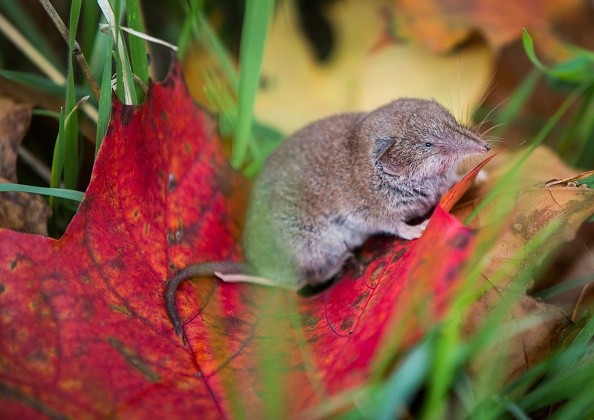Researchers have discovered an alarming decrease in small mammals in the UK.

Decline in Small Mammal Populations
The harvest mouse and weasel species were found to be the most affected, with occupancy (area of land where they are present) dropping by an average of 2.8 percent and 4.2 percent every year, respectively.
The weasel, which mostly feeds on voles and mice, has been considered vulnerable to extinction under IUCN Regional Red List Criteria because of the rate of its decline, according to Phys.org.
The study, which was written by a team of researchers from the Mammal Society, the University of Sussex, and the UK Centre for Ecology and Hydrology and was published in Biological Conservation, looks at the patterns of two-thirds of the UK's land mammals from 1970 to 2016.
The findings are based on calculating each species' "occupancy," or the percentage of sampled regions where a species is registered as present.
By grouping mammal species into survey assemblages and building detection histories using species presence data, occupancy-detection models were used to compute the chance that a certain site was occupied and the species detected given that it was there, stated Dr. Frazer Coomber, Science Officer of the Mammal Society.
The yearly occupancy estimates may then be calculated by adding the percentage of all sampled locations that were projected to be occupied.
Species with the Most Declines
In the 2020 Red List for Britain's Animals, a quarter of native British mammals were determined to be endangered, but this new analysis indicates even more loss.
While certain species groupings seem to be expanding (e.g., bats and deer), these new studies show for the first time that bank voles, field voles, water shrews, common shrews, stoats, and weasels are declining. Historically, all of these species were common, especially in hedgerows, scrub, and tall grass.
Small animals are crucial, and typically plentiful, elements of natural ecosystems, said Fiona Mathews, Professor of Environmental Biology at the University of Sussex.
They're little ecosystem architects that help landscapes store more water, and they're important prey for barn owls, kestrels, stoats, and weasels, among others. The loss of long grass and overgrown places that they need has taken its toll.

Primary Goal of the Study
The goal of the research was to discover previously unidentified species trends, which are critical for providing appropriate conservation management - something essential for preserving biodiversity.
"This is the 'canary in the coal mine' that tells us we need to act now to stop ecosystem collapse," said Dr. Stephanie Wray, head of the Mammal Society.
Animals like the bank voles, water voles, water rattlings, and weasels, as well as harvest mice, are all in decline, according to the study.
Related Article : Defense Mechanisms of Small Mammals Explained by New Research
For more news, updates about small mammals and similar topics don't forget to follow Nature World News!
© 2025 NatureWorldNews.com All rights reserved. Do not reproduce without permission.




